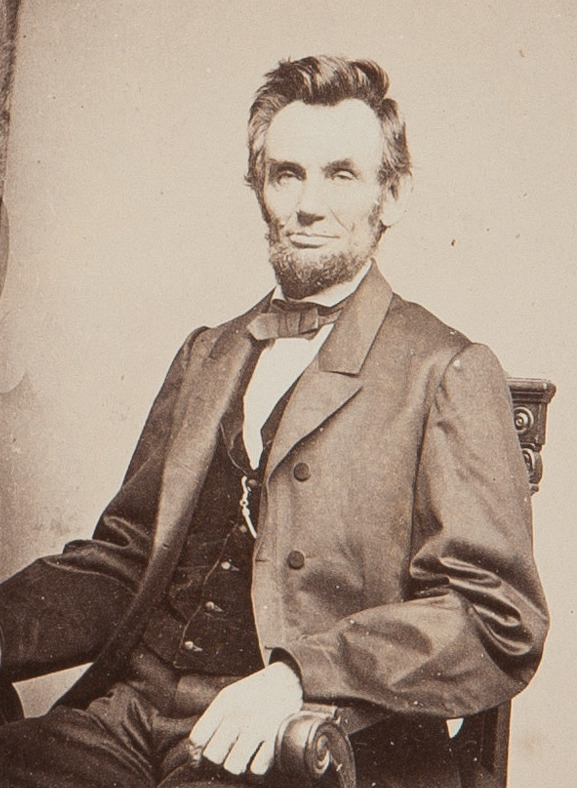
By Jim O’Neal
Presidents have always been challenged to communicate their policies and priorities to the public. As the political party system evolved, newspapers became more partisan depending on their level of editorial bias – usually due to strong-willed owners/editors – forcing administrations to devise creative ways to deliver unfiltered messages.
In the 20th century, President Wilson established the first presidential press conference in March 1913. All of his predecessors have continued using this innovation with only minor variants. FDR used “Fireside Chats” to help ease public concerns during the Great Depression, using bromides like, “The only thing we have to fear is fear itself” or explaining how the banking system works to restore confidence in the financial system.
President Eisenhower preferred off-the-record sessions with reporters and heavily edited film clips.
Then by 1960, with 87 percent of households having televisions, people could tune in twice a month and see the young, telegenic JFK – live and uncut – deliver his aggressive agenda for America. Up until then, press conferences were strictly off the record to provide the opportunity to correct any gaffes or poorly phrased answers to difficult questions. President Truman once told reporters “the greatest asset the Kremlin has is Senator [Joe] McCarthy” … but the quote was reworded before being released!
President Trump has adopted modern technology to bypass the media and communicate directly to anyone interested (which includes his base and the frustrated media). Daily WH briefings have become increasingly adversarial as many in the media are in various stages of open warfare, especially The New York Times and CNN. The 24/7 news cycle allows viewers to choose media that are consistent with their personal opinions and the result is a giant echo-sphere.
In the 19th century, President Lincoln was often confronted with extreme press hostility, especially by the three large newspapers in NYC, which attacked him personally and for his failing Civil War policies, particularly after the Civil War Draft Riots. Lincoln retaliated with dramatic letters in 1862-63 – ostensibly to New York Tribune editor Horace Greeley, but also strategically to all newspapers to reach a far wider audience. At the very least, he reduced editorial influence and in doing so revolutionized the art of presidential communications.
And then it was suddenly Nov. 19, 1863, at Gettysburg, Pa. What Lincoln said that day has been analyzed, memorized and explained … but never emulated. The only flaw was the prediction that “The world will little note, nor long remember, what we say here …”
The compactness and concision of the Gettysburg Address have something to do with the mystery of its memorability. It was 271 words. It had 10 sentences, the final one accounting for a third of the entire length; 205 words had a single syllable; 46 had two; 20 had three syllables or more. The pronoun “I” was never uttered. Lincoln had admired and seen at once the future of the telegraph, which required one to get to the point, with clarity. The telegraphic quality can be clearly heard in the speech – “We cannot dedicate, we cannot consecrate, we cannot hallow this ground.” Rhythm, compression, precision … all were emphasized.
Perhaps the most overshadowed speech in history was the one featured as the main event that day: Edward Everett’s oration. He was a Harvard man (later its president), a professor of Greek, governor of Massachusetts, and ambassador to England. Everett’s two-hour speech (13,607 words) was well received. Lincoln congratulated him.
Afterward, in a note to Lincoln, Everett wrote: “I should be glad to flatter myself that I came as near to the central idea of the occasion, in two hours, as you did in two minutes.” Lincoln’s grateful reply concluded with “I am pleased to know that in your judgment, the little I did say was not a failure.”
Not bad for a man traveling with the fever of a smallpox infection!
 Intelligent Collector blogger JIM O’NEAL is an avid collector and history buff. He is president and CEO of Frito-Lay International [retired] and earlier served as chair and CEO of PepsiCo Restaurants International [KFC Pizza Hut and Taco Bell].
Intelligent Collector blogger JIM O’NEAL is an avid collector and history buff. He is president and CEO of Frito-Lay International [retired] and earlier served as chair and CEO of PepsiCo Restaurants International [KFC Pizza Hut and Taco Bell].

